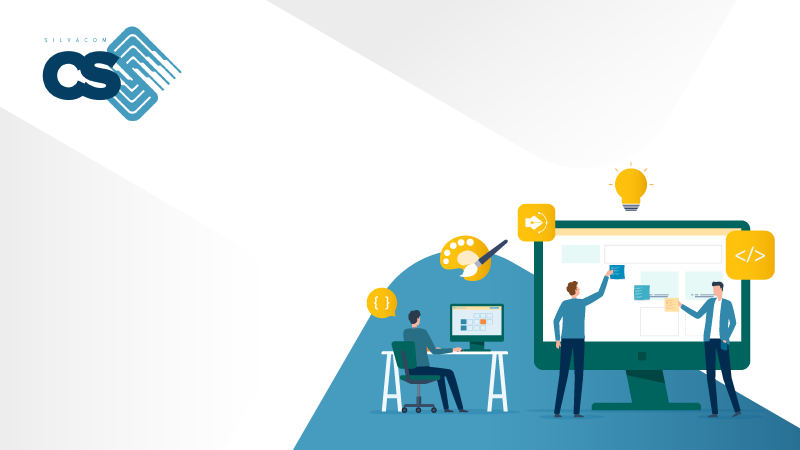
Embarking on a journey to modernize web applications can be daunting, yet it's a vital step in ensuring your application stays relevant and efficient. But where do you begin?
In this guide, we'll explore the intricacies of web application modernization, helping you determine whether it's the right move for your organization and guiding you through the process with insights from our team of experts.
What is web application modernization?
Web application modernization is the strategic overhaul of outdated applications and the platforms they operate on, rejuvenating them with contemporary features and capabilities.
No two modernization projects are alike, as each application comes with its own unique set of requirements. These may range from enhancing functionality and expanding features to improving performance, adopting new architectures, and bolstering security measures.
When is the time for your organization to modernize a web application?
There are several key drivers that indicate it might be time to modernize your web application. Technological obsolescence, changes in user behaviour, and evolving business processes are just a few triggers that signal the need for an update.
Some examples include the shift towards mobile compatibility, the deprecation of technologies like Flash Player, and the integration of geospatial data, which are common catalysts for modernization efforts.
Determining which option is best for your project

Choosing the right modernization strategy depends on various factors, including the current state of your applications, your organization's goals, and budgetary considerations.
Whether it's lifting and shifting to a cloud provider for improved reliability, restructuring for enhanced scalability, or rebuilding from scratch to accommodate new requirements, each option has its merits.
Assessing your specific needs will help you make an informed decision.
The lift-and-shift
The lift-and-shift is a straightforward approach to web application modernization. It involves relocating the existing application from its legacy environment, such as an on-premises server, to a modern infrastructure, like a public cloud platform.
This method requires no code or architecture changes, making it the least time and cost-intensive option. By leveraging the basic features of cloud platforms, such as scalability and availability, organizations can enhance the performance and reliability of their applications.
Additionally, automation tools can streamline the migration process, ensuring a seamless transition to the new system with minimal disruption.
Restructuring
Restructuring is a progressive approach to web application modernization. It goes beyond simple relocation by transferring the existing application to a newer infrastructure while implementing strategic changes within the application itself.
Organizations may transition from a standard user-managed database to a cloud-managed one, optimizing performance and scalability. This method involves more extensive code-level modifications aimed at modernizing the application's functionality without altering its core purpose.
For example, containerizing applications involves packaging the application code with only the necessary dependencies in a lightweight container, streamlining deployment and enhancing efficiency.
Restructuring is ideal for scenarios where business processes remain relatively stable or when there's a need to accommodate increased application usage and scalability requirements.
Complete rebuild
Rebuilding a web application from scratch is a comprehensive yet transformative approach to modernization, preserving the original scope, features, and specifications while building it anew within a cloud environment.
This method necessitates a deep understanding of the current application and its functionalities to ensure a seamless transition.
While maintaining the essence of the original application, rebuilding offers the opportunity to incorporate new requirements, workflows, and features tailored to meet evolving business needs and technological advancements.
Although more complex compared to other modernization strategies, the rebuild process empowers organizations to harness the full potential of cloud computing while future-proofing their digital infrastructure for continued growth and innovation.
The next steps for your organization
Now that you've gained insights into the world of web application modernization, it's time to take action. Identify stakeholders, appoint a project sponsor and manager, and enlist the expertise of professionals with a proven track record in modernization projects.
By leveraging their experience and insights, you can navigate the modernization process with confidence, ensuring your web applications remain robust, secure, and aligned with your evolving business needs.
If you’re ready to discuss your options with a team of experts who have worked on a multitude of application modernization projects using all of the methods above, the Silvacom CS team is here.
Watch the first episode in our webinar series, “Demystifying Web Application Modernization,” where our experts guide you through the basics of web application modernization and touch key considerations that you can use for planning out your web application modernization project.
Subscribe to Stay Updated
The latest news, event attendance alerts, and updates from the Silvacom CS team.

